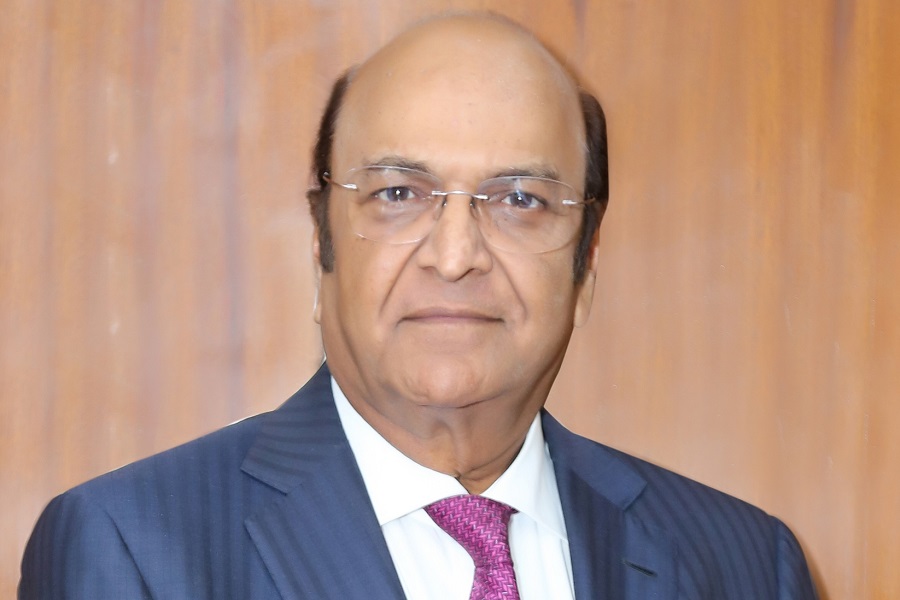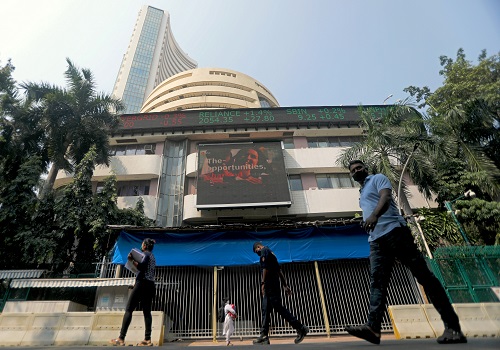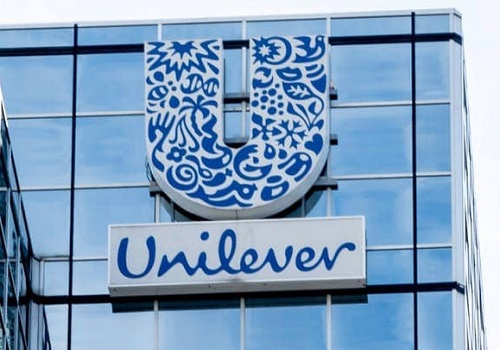Analysis-In India`s sizzling stock market, consumer stocks rise 18% but are laggards

The yawning divide between the super-rich and middle-class in India's booming economy is set to persist, if the "underperformance" of consumer stocks in the raging stock market is anything to go by.
Stock prices of consumer firms selling soap, hair oil and refrigerators are seeing double-digit gains but are still lagging benchmark Indian stock indexes as low income growth and volatile inflation hurt demand for everyday goods. Meanwhile, luxury goods are flying off the shelves.
The macro trends bear that out. Asia's third-largest economy is set for a 7.6% expansion in the financial year ending this month, but private consumption, which contributes 60% of economic growth, is expected to grow at just 3% - the slowest in two decades, excluding the COVID-19 pandemic years.
The wealth gap has widened. The wealth concentrated in the richest 1% of the world's most populous nation is at its highest in six decades, research group World Inequality Lab said.
"There is a drastic shift in household income from lower to higher middle class and from higher to upper class that is the driving engine for the growth in the premium segment," said Vineet Arora, managing director at Singapore-based NAV Capital, which manages 8 billion rupees ($95.95 million) in its Global Opportunities Fund.
The premium segment, comprising companies that sell cars, high-end electronics, expensive watches and jewellery, is seeing brisk business and soaring share prices. Tata group-owned Titan Company has seen its share price rise 44.3% over the past 12 months while luxury watch retailer Ethos has gained 162%.
In contrast, the gauge of fast moving consumer goods (FMCG) firms, the Nifty FMCG, has risen 18% over the past year, compared with the benchmark Nifty 50 which is up 30% and near record highs.
Four of five fund managers that Reuters spoke to said they expect this relative underperformance to persist for another two or three quarters, till economic growth broadens.
"While the premium segment offers some growth potential, a broader sector revival relies on improved rural demand and government initiatives," Arora said.
Consumption in segments that cater to groups where income growth is weak has been tepid, said Sonam Udasi, senior fund manager at Tata Asset Management, which is underweight FMCG stocks in its India Consumer Fund.
Out of 90 FMCG categories tracked by market research firm Kantar, half either saw a drop or no change in consumption in 2023, it said in a report earlier this month.
Hindustan Unilever (HUL), the Indian arm of UK's Unilever, posted just a 0.6% increase in October-December quarterly profit while sales slipped as competition in the consumer goods space heated up and demand in rural regions remained low.
The stock has been among the worst performers in the benchmark Nifty 50 index and the worst performer in consumer index, down 8.4% over the past 12 months.
COST OF LIVING
Manjunath, 35, works at a dry cleaning shop in Marathahalli, Bengaluru, and has to support a family of five on his monthly income of 30,000 Indian rupees ($360).
Rising prices for staples such as vegetables and the popular 'surti kolam' rice, means he had to cut other spending.
"I had planned to buy a refrigerator before the summer. But I have not been able to save enough for that," he said.
But for consumers in a slightly higher income bracket, such as Ganesh Kumar, who works at a leading technology firm in Chennai and earns 120,000 rupees per month, big ticket purchases such as jewellery or family holidays have become affordable.
"After COVID and work-from-home, a lot of expenses have come down for people like us. Now I spend on comfort," he said.
In an index of consumer durables, 10 of the 15 stocks, including refrigerator maker Voltas and popular washing machine manufacturer Whirlpool, have underperformed benchmark indices in the current financial year.
Foreign investors have sold a net 31.35 billion rupees worth FMCG stocks in the last 12 months and 79.45 billion rupees of consumer durable stocks. They have, however, poured in 1.81 trillion rupees into Indian stocks over this period.
"The story of premiumisation is unfolding in the consumption space," said Nirali Bhansali, equity fund manager at SAMCO Mutual Fund, which is underweight both consumer staples and durables, and positive on stocks such as Ethos and Titan but worried they are too richly valued.
The FMCG index is trading at a decade-high 51 times 12-month forward earnings and the consumer durables index at 69 times. Fast rising stocks such as Titan and Ethos are above that, at 93 and 82 times, respectively.
The shift to premium brands is still in its infancy in India and will pick up further in the next decade as incomes increase, said Abhijit Bhave, managing director and CEO of Equirus Wealth, a wealth management firm with assets worth over $900 million under management.
"Evolving consumer preferences, changes in lifestyle patterns, and the increasing willingness of certain consumer segments to spend more on premium products despite economic uncertainties are leading to this transition."
EBITDA margins of consumer companies catering to mass demand are at 19%-32%, aided by moderating commodity prices and cost optimisation measures to offset the impact of tepid sales, while the margin growth of companies in premium segments like Titan and Ethos hover around 10%-20%, due to volatility in gold prices.
However, volume growth of companies in the premium segment is at 10%-16%, compared to sub-5% growth of companies in the mass segment, according to Aishvarya Dadheech, chief investment officer at Fident Asset Management.
($1 = 83.3512 Indian rupees)























